ABIDJAN — Kelvin Nwanebuni Okafor is not just an artist – he doesn’t just draw – he captures images. He is a cameraman, only his camera is not made by Nikon or Canon or Fujifilm or Olympus or Panasonic. No. None of that.
Nwanebuni Okafor’s whole body is a camera. His eyes are cameras, in which pictures are finely captured in all their pomp, detail and splendor. The lens, the pupil (aperture) and the iris (diaphragm) in Okafor’s eyes are top of the line. No human can prove to boast of better! The images they stream into the back of the Okafor-eye are breathtaking.
But, what is stupefying is that the film upon which the images are captured are not anywhere only found in the Okafor-eye! The film extends outside – out of the body – like an out-of-body experience.
In the most inconceivable manner, Okafor’s hands, his fingers, his pencils and his painting charcoal all connect to the retina (film) of his eyes. Literally. In sweeping movements, like a master drummer from the Mali Empire of old, Okafor presents the images of his retina to the world in all of their completeness and detail.
No human like him has ever graced the planet, at least not since Nubia’s Benukith Tarmo, some 12,000 years ago! How would you know? Perfect drawing has counted as art for at least 45,000 years when African painters begun capturing more and more exact portraits of themselves and their surroundings on walls, cloth and papyri.
If the renowned artists of Kemet and Nubia were alive today and they saw what Okafor has achieved with pencil, paper and a bit of charcoal, they would recognize a talent well worthy of their utmost respect – a descendant in art.
Most great artists recreate, with a steady hand and a keen eye, the wonder of life. Okafor is different. He breathes life itself into the painted canvass of the artist. He is imbued with that touch of genius of Africa-fame, of our ancient ancestors in Nubia, who inspired life into the marble of the sculptor, into the written words of the author and into the spoken words of the orator.
With aspiration, Okafor’s drawings are near photographs – the same kinds of photograph we all see everyday. But instead of turning the page or clicking to another site after a second or two, this artist looks. He looks hard. It is an act of love, inspiration and imagination to look as hard as Okafor does.
The drawing skills with which he renders what he sees are truly sublime – it is amazing such skills even exist in a culture captured by colonial aspirations and capitalism. Art schools around the rest of the world only encourage their money-paying students to think about video, performance, anything but pure meticulous drawing.
But, although the talent on display here is innate – a profound talent for visual depiction – Okafor is a student of every detail of representation. His attention and focus to every aspect of the drawing is mind-blowing. It is religious.
He is 30, born to Nigerian parents and lives abroad. Should Okafor’s works be considered art since they are essentially photographs? Well, yeah… they are drawings – which require an astute devotion to imagination and execution! Only that Nwanebuni Okafor’s astuteness is beyond par, it is of a perspicacious eidolonic quality.
Tell us what you think.

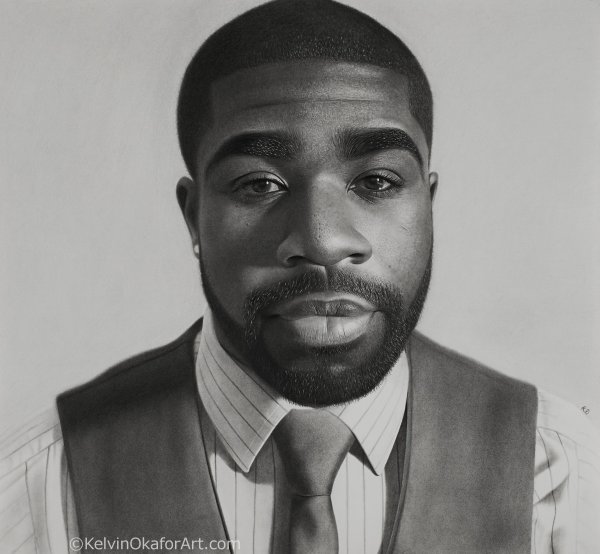
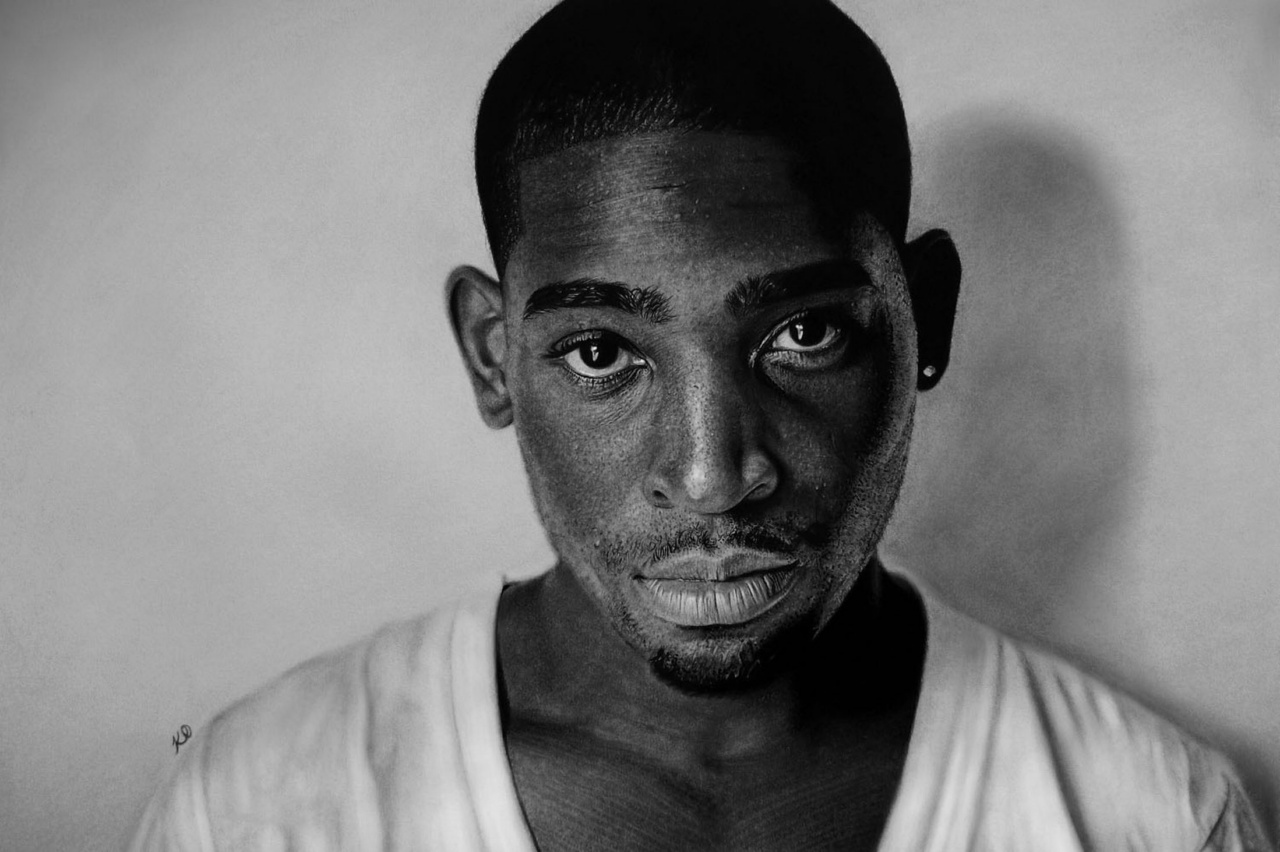
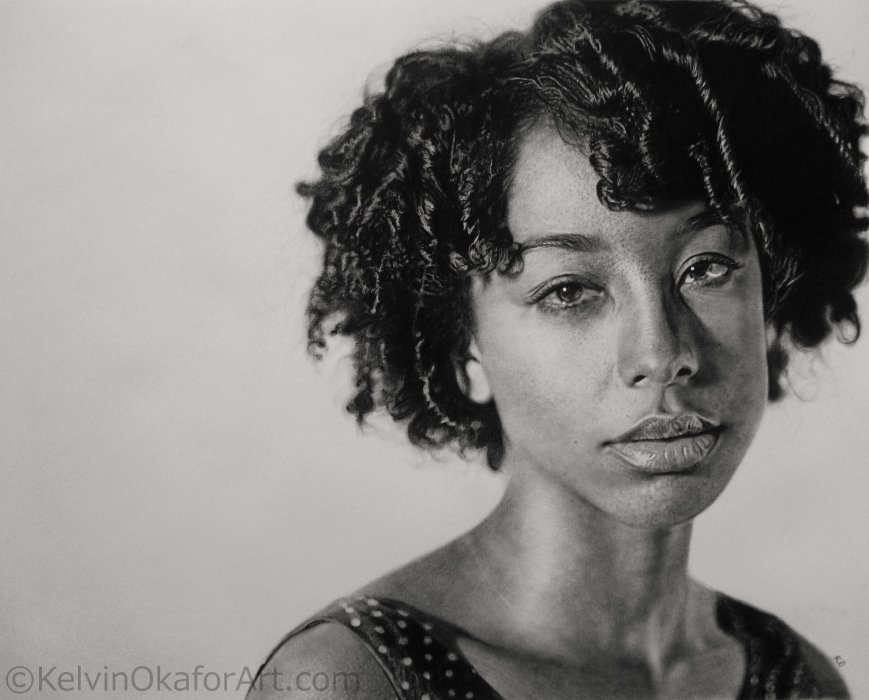

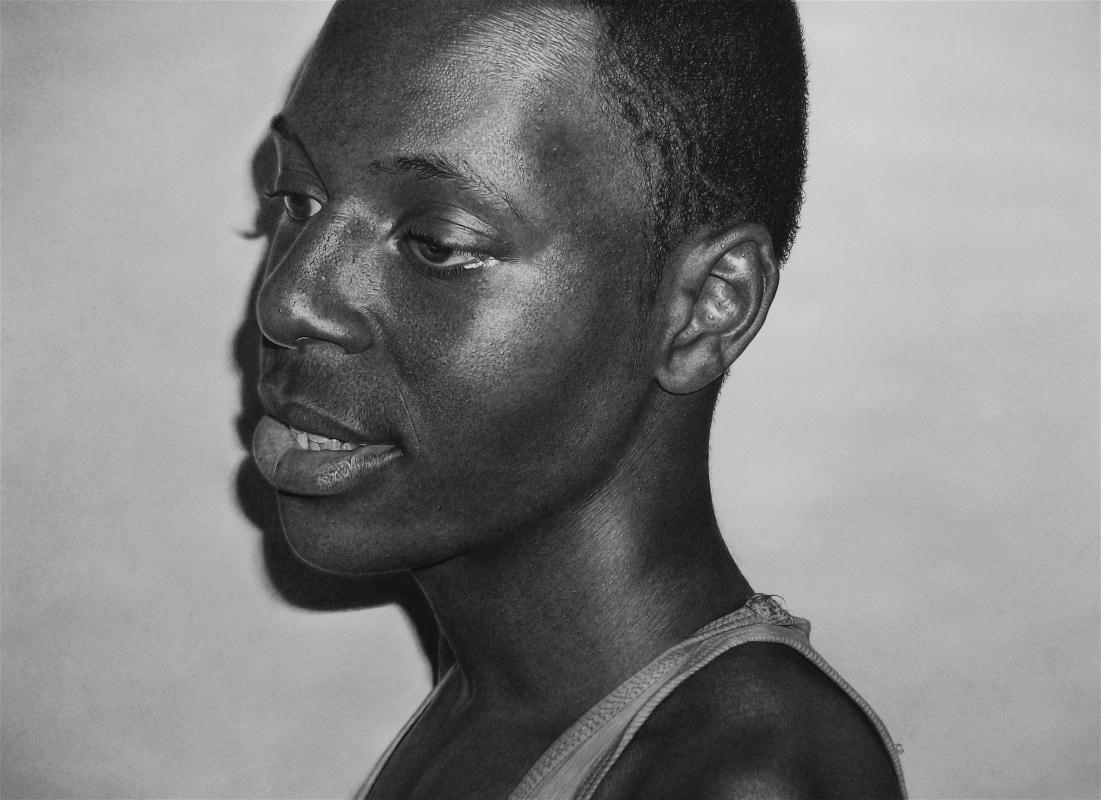
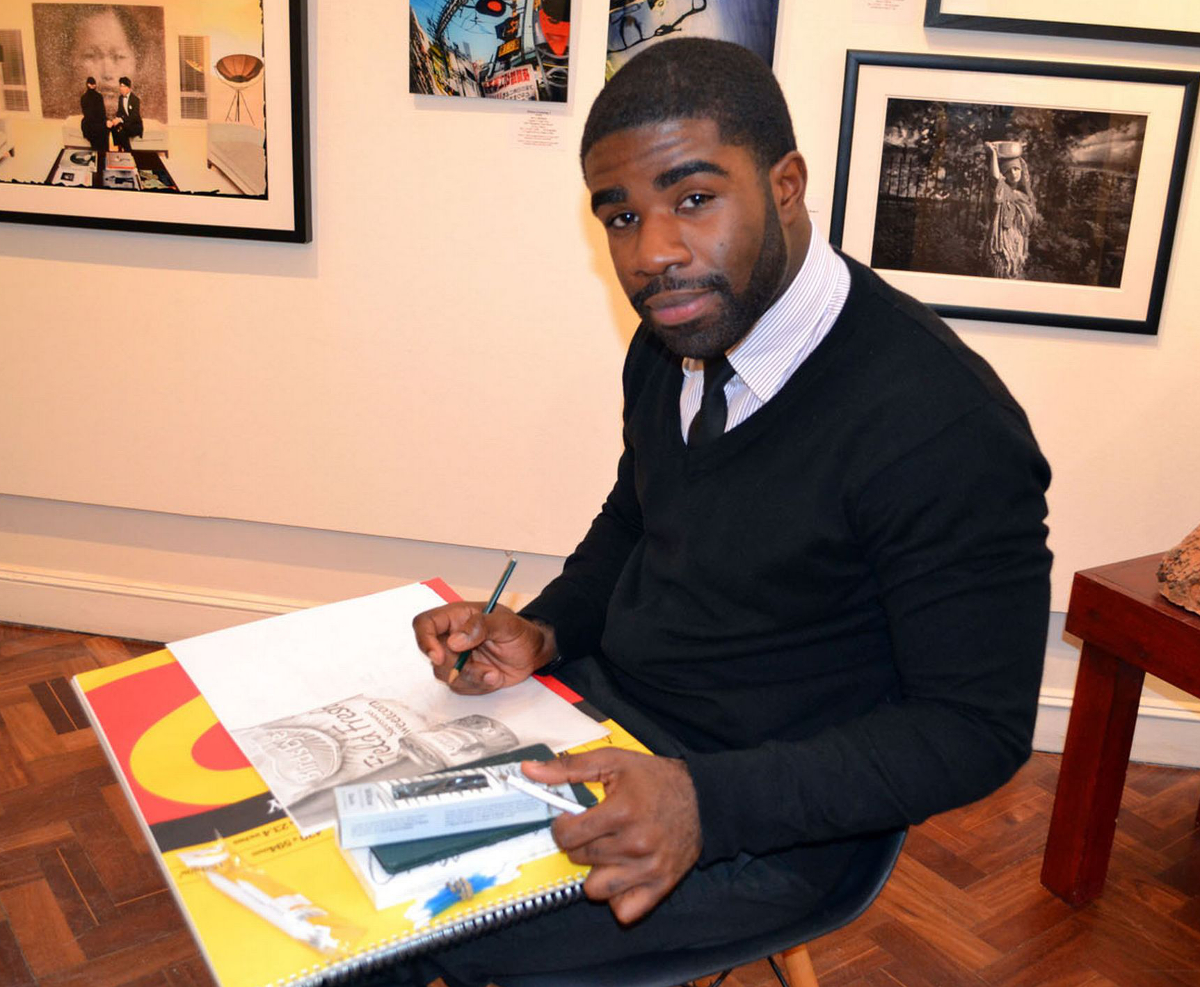











Yes they are! Check his website! He’s a genius!
Oh yes you bet. He definitely is!
Oh waaaoooo!
Wonders shall never end! What is this? Drawings? You lie!
Yes, I saw the Obama portrait video. It’s nice.
But you’d realise that it lost the magic and the spirit after the first flip. That was when the artist started smoothing all his brushwork, all the gestures and all the character. By the third flip the work was as smooth as a photograph and when it was finished it looked just like one of the images of Obama which appears in Time or Newsweek magazines. The signature that I saw before the first flip was completely lost by the time he signed the work.
There’s so much character and drama on a human face which the camera can never portray. There’s a whole story in people’s faces which no camera shot can tell. And that is when the artist comes in with his brushwork and his chisel marks. Those marks are what tell the real story in art. So they must not be smoothed away like that.
His photographs (sorry, drawings!) are quite serene. You would think it was a Pukka. This guy is a genius, really really really!
There was once an American artist called Norman Rockwell. He painted like the camera. And he did not only do human portraits. He painted landscapes, seascapes, rivers, sky formations etc, to the minutest detail like photographs. When he painted grass you saw each individual blade in its clarity and he did the same even with his treatment of hair.
When Rockwell died the Museum Of Modern Art (MOMA) declined to display his work on their walls. They insisted that his works were not art but illustrations.
So a whole new hall was built solely for the display of Norman Rockwell’s work with an inscription saying, NORMAN ROCKWELL, THE GREAT ILLUSTRATOR.
The camera has come to give representational art a new meaning. Striving to work to photographic detail and likeness has become “boring” to the contemporary art world. Representing nature has become a somewhat inferior expedition to the human spirit. To some, nature must rather copy the artist and not the other way round. It’s a whole subject matter Ernesto.
Picasso, van Gogh, Glover and many of the painters whose work thrill us so much, were crack at photographic representation. But they defected and took to their stylisation in order to save themselves and others from boredom.
Okafor is technically amazing. But I bet you, his work will not hung in the MOMA, Nigeria.